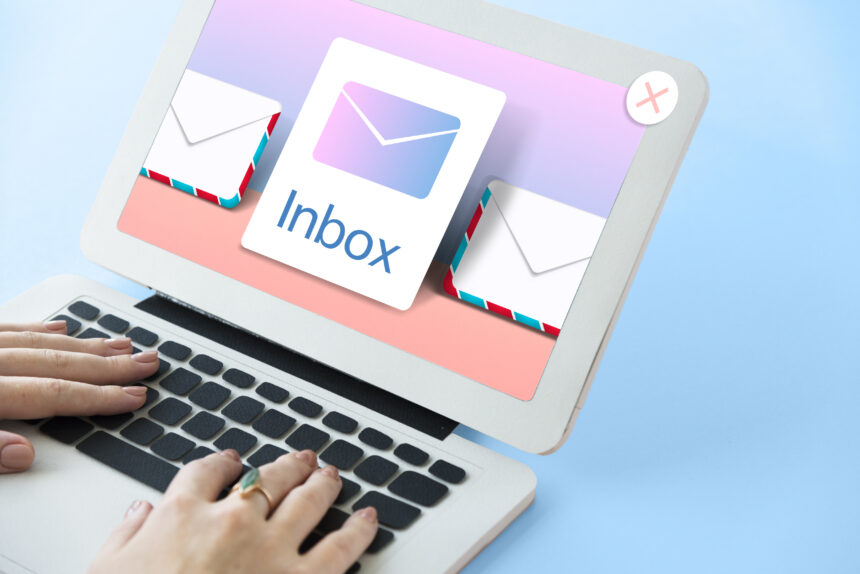Email marketing remains one of the most powerful tools for businesses to connect directly with their audience. When executed correctly, it can drive sales, improve customer loyalty, and boost brand awareness. However, creating an effective email marketing strategy requires a clear plan, thoughtful execution, and ongoing optimization. In this guide, we’ll take you through a comprehensive step-by-step process to help you build a successful email marketing strategy that yields measurable results.
Understand Your Audience
To craft emails that resonate, you must first understand who your audience is. Start by developing detailed customer personas that represent the segments of your audience. Consider demographics, interests, pain points, and purchasing behavior. Tools like Google Analytics, surveys, and social media insights can help gather the data needed to create these personas.
Segmenting your email list is another essential step. Group subscribers based on their preferences, past interactions, or demographics. Segmentation allows you to send personalized and targeted emails, increasing the likelihood of engagement and conversions.
Don’t forget to regularly update your audience data. Preferences and behaviors can change over time, and keeping your information current ensures that your emails remain relevant and effective.
Set Clear Goals for Your Campaigns
Without clear goals, it’s challenging to measure the success of your email marketing efforts. Determine what you want to achieve with your campaigns, whether it’s increasing sales, generating leads, driving website traffic, or boosting event attendance.
Once you have your goals in place, establish key performance indicators (KPIs) to track progress. Open rates, click-through rates (CTR), conversion rates, and unsubscribe rates are common metrics that provide valuable insights into how well your campaigns are performing.
Goal-setting also helps you craft more focused email content. For example, a campaign designed to drive sales might include special discounts and clear calls to action (CTAs), while a lead-generation campaign might focus on providing free resources or exclusive content in exchange for contact information.
Build and Maintain Your Email List

Your email list is the foundation of your email marketing strategy. To build a high-quality list, use opt-in forms on your website, social media channels, and other digital touchpoints. Offer value in exchange for email addresses, such as exclusive discounts, downloadable resources, or access to members-only content.
Always prioritize quality over quantity. A smaller list of engaged subscribers will yield better results than a massive list filled with unresponsive recipients. Additionally, make it easy for users to unsubscribe—this helps maintain a healthy list and ensures compliance with regulations like the GDPR and CAN-SPAM Act.
Regularly clean your email list by removing inactive subscribers. This improves your email deliverability and ensures that your messages reach an engaged audience. Tools like email verification services can also help identify and remove invalid email addresses.
Craft Compelling Content
The content of your emails plays a crucial role in engaging your audience. Start with a catchy subject line that grabs attention and encourages recipients to open the email. Personalization can make a significant difference here; including the recipient’s name or referencing their past interactions adds a personal touch.
Within the email, keep the message clear and concise. Use engaging headlines, short paragraphs, and bullet points to make the content easy to read. High-quality visuals, such as images and videos, can also enhance your message and make it more memorable.
Include a strong call to action (CTA) that aligns with your campaign goals. Whether it’s “Shop Now,” “Learn More,” or “Sign Up Today,” your CTA should stand out and guide readers toward the desired action.
Optimize for Mobile Devices
With the majority of emails now opened on mobile devices, it’s essential to optimize your campaigns for smaller screens. Use responsive email design to ensure that your messages look great on all devices, from smartphones to tablets and desktops.
Keep your subject lines short, as long lines may get cut off on mobile screens. Similarly, use a single-column layout and large, easily tappable buttons for your CTAs. Test your emails on different devices and email clients to identify any formatting issues before sending them to your audience.
Test and Analyze Your Campaigns
Testing is key to improving your email marketing strategy. A/B testing, also known as split testing, allows you to compare different elements of your emails, such as subject lines, CTAs, and visuals, to see which performs better.
After each campaign, analyze your results using the KPIs you’ve established. Look for patterns and insights that can guide your future efforts. For example, if you notice higher engagement rates for emails sent at specific times, you can schedule future campaigns accordingly.
Regular analysis and testing enable you to refine your strategy over time, ensuring that your campaigns remain effective and deliver the desired outcomes.
Automate Your Campaigns
Email marketing automation can save you time and improve the efficiency of your campaigns. Automation tools allow you to set up workflows that send targeted emails based on user behavior, such as welcome emails for new subscribers or cart abandonment reminders for shoppers.
Use automation to nurture leads, engage inactive subscribers, or re-engage customers who haven’t interacted with your brand in a while. By delivering timely and relevant messages, you can maintain a strong relationship with your audience and increase your chances of achieving your marketing goals.
Stay Compliant and Respect Privacy
Adhering to email marketing regulations is not just about avoiding penalties; it’s also about building trust with your audience. Familiarize yourself with laws like the GDPR, CAN-SPAM Act, and other relevant regulations in your target regions.
Always obtain explicit consent before adding someone to your email list. Provide clear information about how you will use their data, and include an easy-to-find unsubscribe link in every email. Transparency and respect for privacy help build credibility and foster long-term relationships with your subscribers.
Building an effective email marketing strategy requires careful planning, consistent effort, and a willingness to adapt based on performance insights. By understanding your audience, setting clear goals, creating engaging content, and leveraging tools like automation and segmentation, you can drive meaningful results from your email campaigns. Keep testing and refining your approach to stay ahead in an ever-evolving digital landscape, and always prioritize delivering value to your subscribers.

